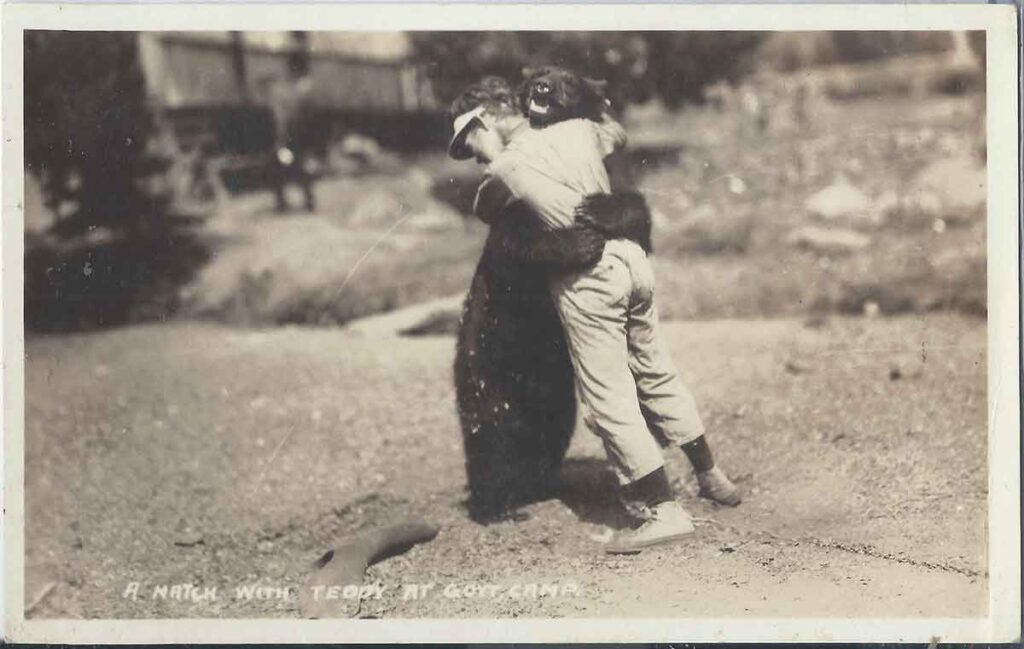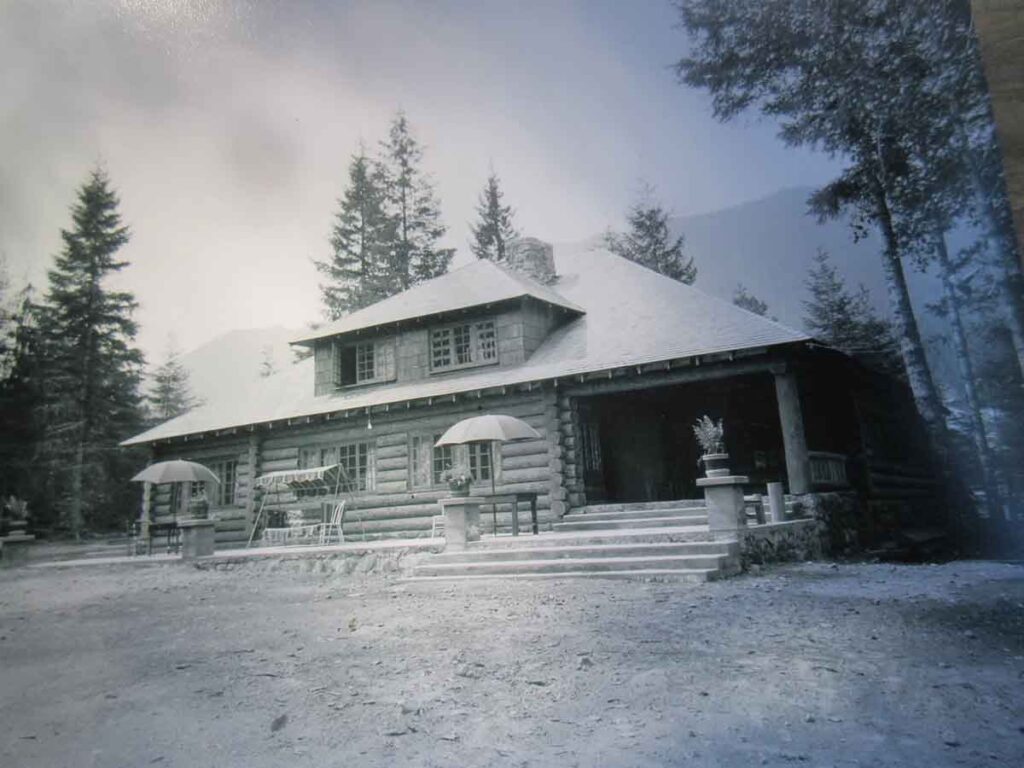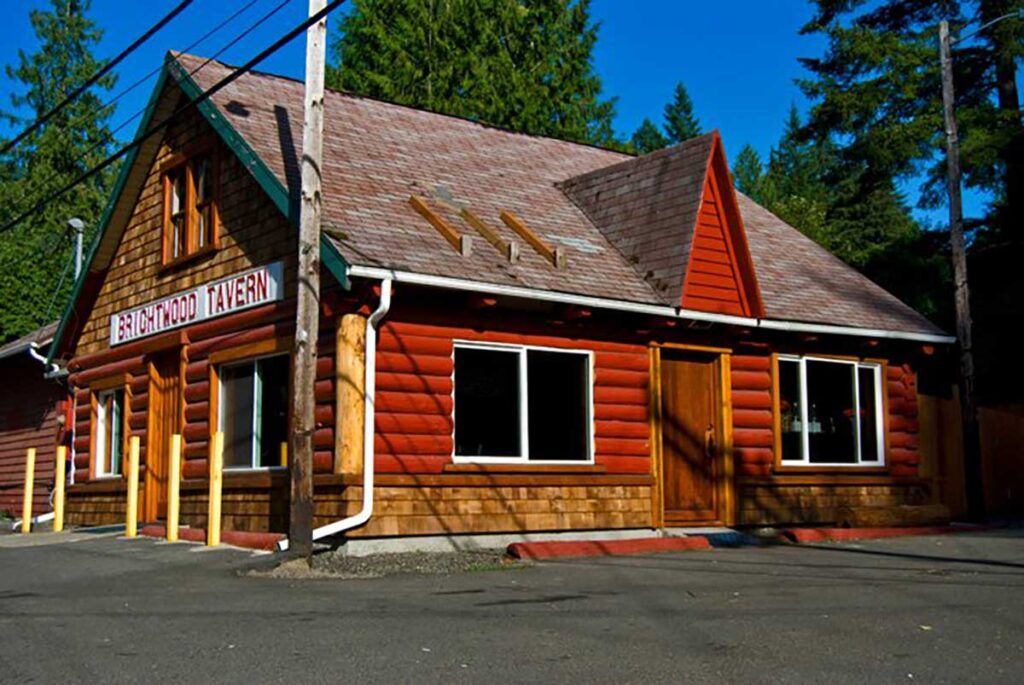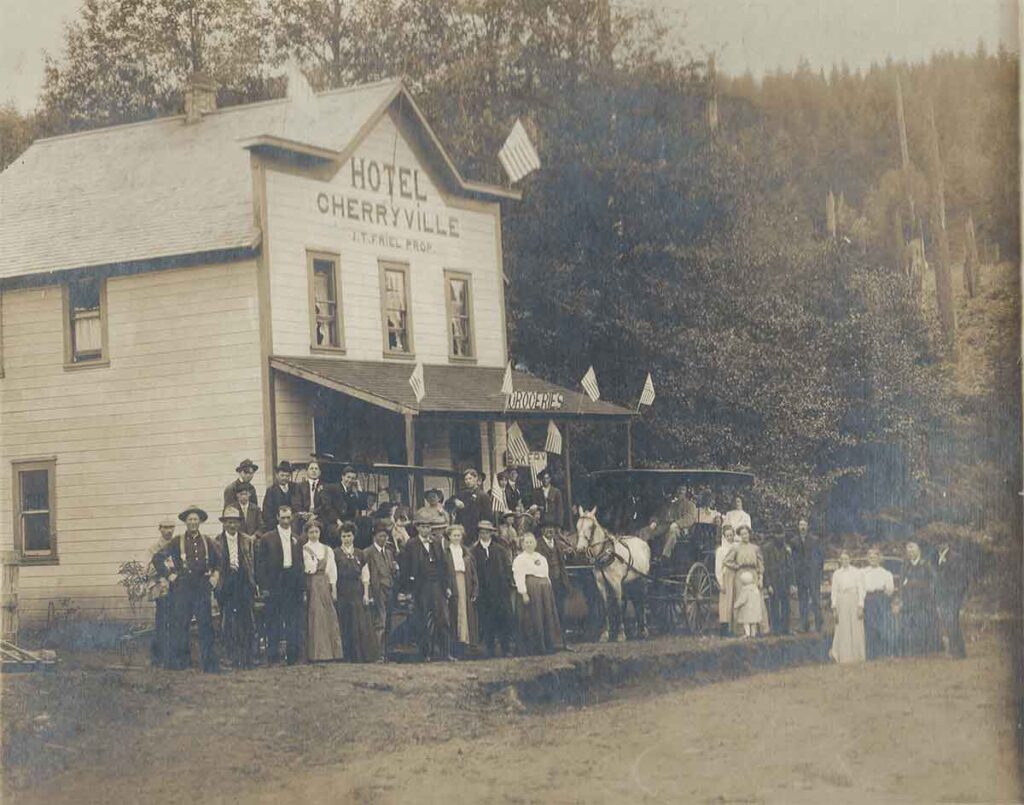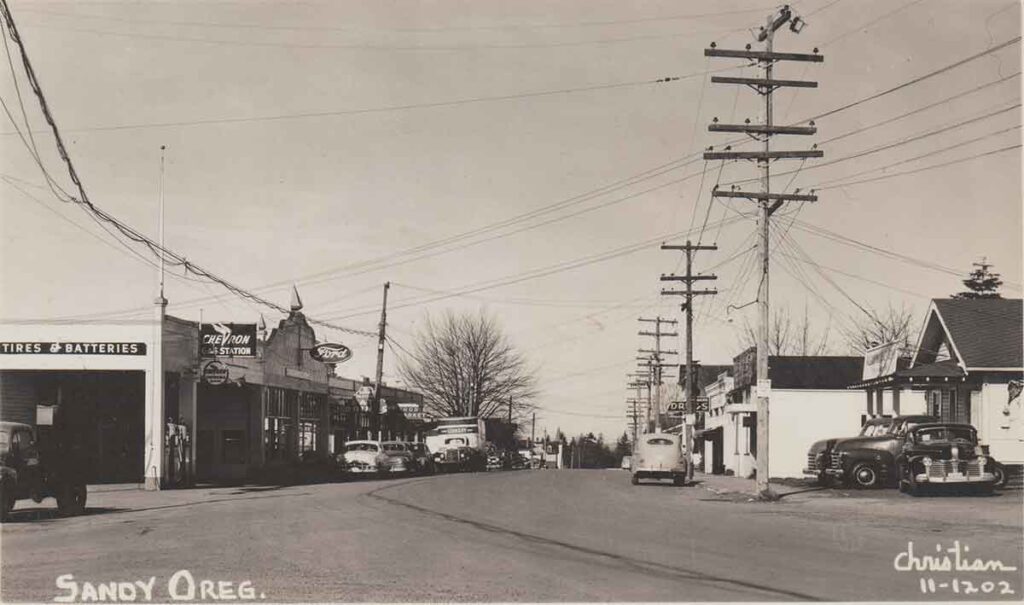When Live Bears Entertained Tourists Pet Bears Were Once a Common Sight at Government Camp In the 1920s and ’30s, tourists came to Mount Hood for snow, scenery, and rustic lodging. But for a short time, they also came to see the Government Camp bears. Lodges in Government Camp kept live bear cubs on-site. These … Continue reading Government Camp Bears: Mount Hood’s Forgotten Mascots
Tag: Oregon
Curtains in the Forest: Rhododendron Summer Theater
A Mountain Legacy Remembered A Cultural Bloom in the Heart of the Forest Just east of Portland, along the winding curves of Highway 26, sits Rhododendron, Oregon—a place not quite a town, but more than a roadside stop. Nestled in the folds of the Mount Hood National Forest, it’s a patchwork of tall trees, weathered … Continue reading Curtains in the Forest: Rhododendron Summer Theater
Bob Gambell Interview – A Brightwood Life Remembered
A Conversation at the Brightwood Tavern, 2009 Bob Gambell Tells It Like It Was, Preserved in His Own Words In 2009, I sat down for an interview with Bob Gambell at the Brightwood Tavern. Bob was a longtime resident of our mountain community, and he had lived a full, eventful life. In this interview with … Continue reading Bob Gambell Interview – A Brightwood Life Remembered
Scandal in Cherryville: The Man Who Guarded a Grave
In the summer of 1911, the Friel case in Cherryville Oregon became one of the most disturbing stories ever told from the Mount Hood foothills. A suspicious death, a hurried marriage, a missing medicine bottle, and an armed grave watch pushed a grieving family to the brink of collapse.
Nettie Connett: The Woman Who Became a Legend
In the timbered hills near Sandy, Oregon, few names live on like Nettie Connett. Born March 5, 1880, in Independence, Oregon, Nettie Loraine Connett would grow into one of the most unforgettable figures in Clackamas County history.

